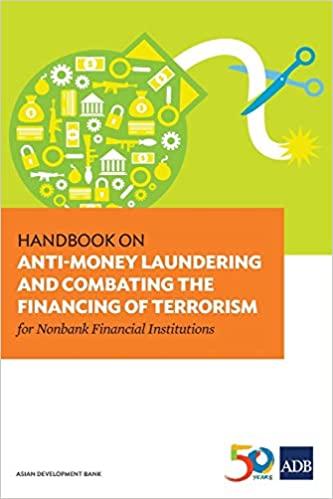Question
Capital Budgeting Case Analysis: KM Tires, INC. KM TIRES, INC. After extensive research and development, KM Tires, Inc., has recently developed a new tire, the
Capital Budgeting Case Analysis: KM Tires, INC. KM TIRES, INC. After extensive research and development, KM Tires, Inc., has recently developed a new tire, the SuperFlat, and must decide whether to make the investment necessary to produce and market it. The tire would be ideal for drivers doing a large amount of wet weather and off-road driving in addition to normal freeway usage. The research and development costs so far have totaled about $10 million. The SuperFlat would be put on the market beginning this year, and KM expects it to stay on the market for a total of four years. Test marketing costing $5 million has shown that there is a significant market for a SuperFlat-type tire. As a financial analyst at KM Tires, you have been asked by your CFO, Adam Smith, to evaluate the SuperFlat project and provide a recommendation on whether to go ahead with the investment. Except for the initial investment that will occur immediately, assume all cash flows will occur at year-end. KM must initially invest $120 million in production equipment to make the SuperFlat. The equipment is expected to have a seven-year useful life. This equipment can be sold for $52 million at the end of four years. The company is considering installing the equipment on 5,000 acres of land purchased 10 years ago for $4 million. Based on a recent appraisal, the company feels it could receive $6.5 million on an aftertax basis if it sold the land today. KM intends to sell the SuperFlat to two distinct markets:
1. The original equipment manufacturer (OEM) market: The OEM market consists primarily of the large automobile companies (like General Motors) that buy tires for new cars. In the OEM market, the SuperFlat is expected to sell for $36 per tire. The variable cost to produce each tire is $18.
Need to compute this it is for a financial management/ accounting course
2. The replacement market: The replacement market consists of all tires purchased after the automobile has left the factory. This market allows higher margins; KM expects to sell the SuperFlat for $59 per tire there. Variable costs are the same as in the OEM market.
KM Tires intends to raise prices at 1 percent above the inflation rate; variable costs will also increase at 1 percent above the inflation rate. In addition, the SuperFlat project 1will incur $25 million in marketing and general administration costs the first year. This cost is expected to increase at the inflation rate in the subsequent years. KMs corporate tax rate is 40 percent. Annual inflation is expected to remain constant at 3.25 percent.
KM Tires plans to use the financial data below to estimate the discount rate to evaluate new product decisions. KM Tires market value optimal captial structure: Bonds $300,000,000 30% Common Equity 700,000,000 70% Data to be used in calculation of the cost of borrowing with bonds and common equity: Par value = $1,000, non-callable Market value = $1,085.59 Coupon interest = 9%, semiannual payment Remaining maturity = 15 years Stock price = $19.08 Last years dividend(D0) = $3.00 Expected dividend growth rate = 5% The company uses a weighted average cost of captial(WACC) for bonds and common equity. The Tire Market Automotive industry analysts expect automobile manufactures to produce 2 million new cars this year and production to grow at 2.5 percent per year thereafter. Each new car needs four times(the spare times are undersized and are in a different category.) KM Tires expects the SuperFlat to capture 11 percent of the OEM market. Industry analysts estimate that the replacement tire market size will be 14 million tires this year and that it will grow at 2 percent annually. KM expects the SuperFlat to capture an 8 percent market share. The depreciation schedule for the equipment has not been decided yet.(You can freely choose an appropriate depreciation scheme.) The immediate initial working capital requirement is $11 million. Thereafter, the net working capital requirements will be 15 percent of sales. Should KM Tires accept this new project?
Step by Step Solution
There are 3 Steps involved in it
Step: 1

Get Instant Access to Expert-Tailored Solutions
See step-by-step solutions with expert insights and AI powered tools for academic success
Step: 2

Step: 3

Ace Your Homework with AI
Get the answers you need in no time with our AI-driven, step-by-step assistance
Get Started


